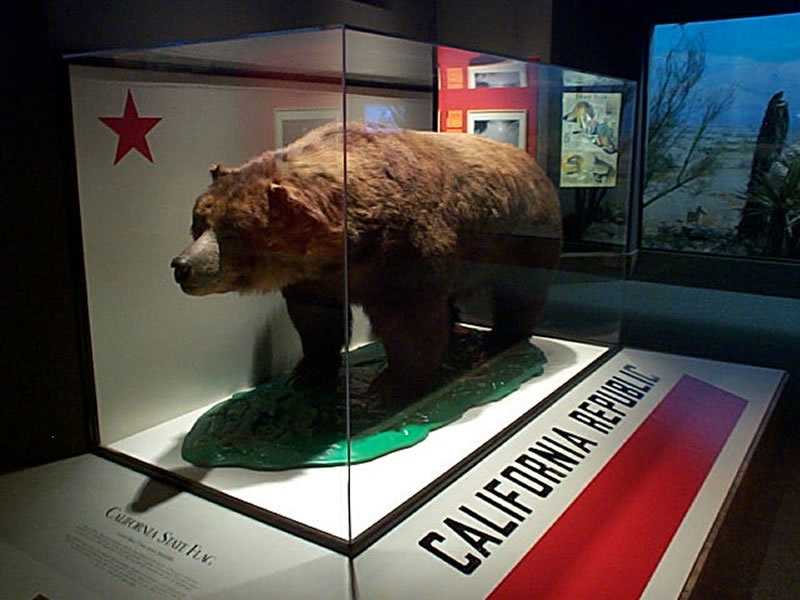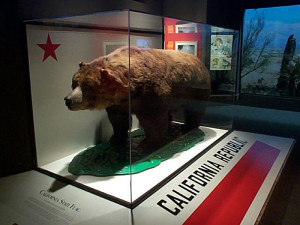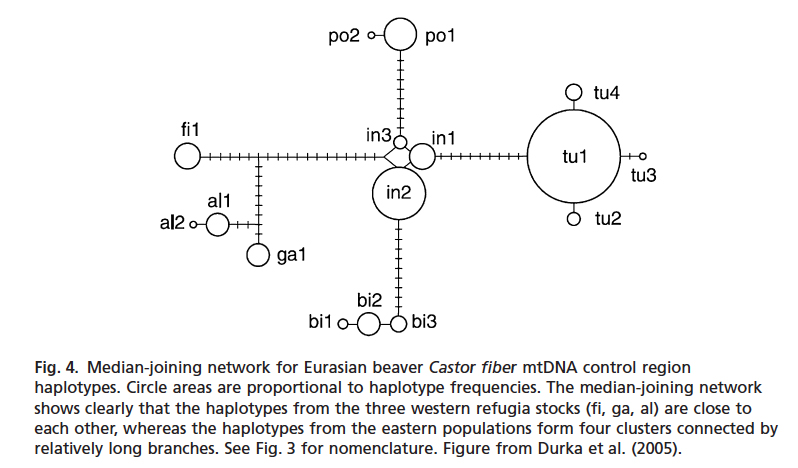
State symbols
I recently ran across the list of US State Insects (yes, most states have a named mascot insect) and an amazing fact struck me: over half of the states have designated non-native insects as their State Insect!
Sixteen states have named the European honey bee (Apis mellifera, also known as the Western honey bee) as their official insect, plus one named it as their “agricultural insect”. This honey bee is a native to Eurasia and Africa. It was introduced into North America by the early 1600s for honey production and subsequently spread directly and indirectly throughout the continent. There’s a nice table in E.E. Crane’s The World History of Beekeeping and Honey Hunting giving the dates of honey bee importation to the US. Six other states have named the 7-spotted ladybug as their state insect. This is another European import which was brought to the US for crop management as pest control.
I was able to find the text of the original resolution for the State of Georgia when they decided to name the honey bee as the state insect:
Joint Resolution of the Georgia General Assembly
April 18, 1975
HONEYBEE DESIGNATED AS OFFICIAL STATE INSECT.
No. 48 (Senate Resolution No. 99).A Resolution
Designating the honeybee as the official State insect; and for other purposes.
Whereas, honey produced by honeybees provides significant income to an important section of Georgia’s economy; and
Whereas, the honeybee is a valuable asset to the agricultural interests of this State; and
Whereas, if it were not for the cross-pollination activities of honeybees for over fifty different crops, we would soon have to live on cereals and nuts; and
Whereas, the honeybee far surpasses any other insects insofar as its contributions to man; and
Whereas, the importance of the honeybee to the agricultural interest and the welfare of the citizens of the State should be appropriately recognized.Now, therefore, be it resolved by the General Assembly of Georgia that the honeybee is hereby designated as the State of Georgia’s official insect.
This is a fascinating statement that would take some deep analysing to really pull apart, but I’ll just mention two observations. First, honey bees have value — they provide an ecosystem service for agricultural production that directly benefits humans in their mouths and wallets. Second, the honey bee is said to be the most valuable insect of any to man (although whether or not that is true would be up for debate). Thus, the legislature thought it appropriate for it to be the state insect. But in so doing, the Georgia (and all the other states who have passed similar legislation) have made a claim about the insect’s belonging. The honey bee belongs in Georgia because of its value. This claim stands in spite of scientific studies (like Goulson 2003 andThomson 2004) that the European honey bee is an invasive species that negatively affects local bee populations.
Since I was thinking about these State Insects, I decided to look at the the lists of State Birds and Mammals too. And sure enough, another non-native appears. The State of South Dakota has named the ring-necked pheasant (Phasianus colchicus) as its bird, even though it is native to Asia. Pheasants were first introduced as game birds to Oregon in 1881 and supposedly only 11 years later, 50,000 pheasants were bagged in one season (only 26 birds had been released so that’s success!). They have since been released in most states and spread of their own accord throughout the Rocky Mountains and Midwest. The pheasant, like the bee and ladybug, is seemingly ubiquitous. At a cultural level, it belongs in North America.

In the mammals list, there were no non-natives (at least that I identified), but there was one remarkable choice: the California grizzly bear as California’s state mammal. At face value this would make sense — the bear is on the California state flag and seal, so it has a clear emblematic status. But, the caveat is that the California grizzly bear is extinct. The last confirmed California grizzly was shot and killed in 1922. So the state animal is not something that you could make a trip into the mountains to see. It is not something that will be on display at the local zoo. Instead, it is stuffed in a museum. As a memorial perhaps it is fitting that the grizzly is listed as a state mammal to capture a sense of California’s history.
These state symbols should remind us that belongingness and nativeness are two different things. Cultural ideas and ecological ones are not the same, and it seems to me that cultural notions of what belongs or not will often trump scientific positions to the contrary.



